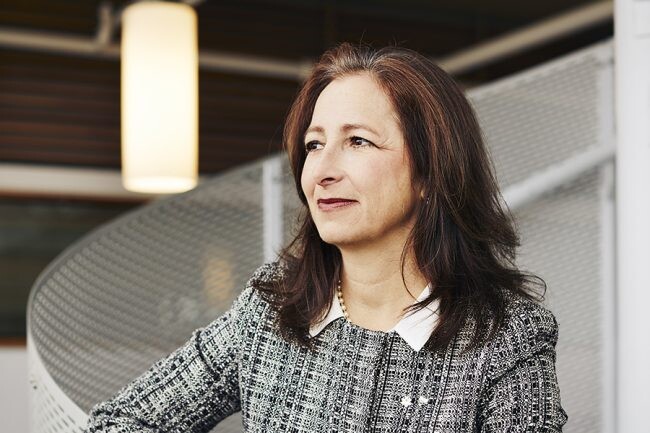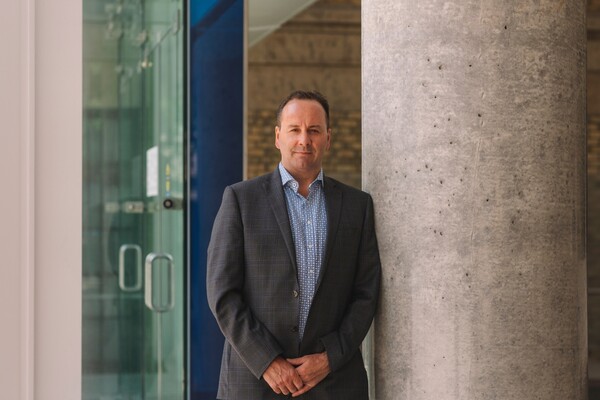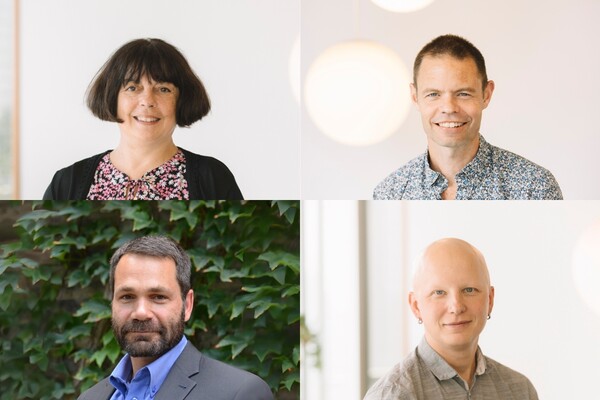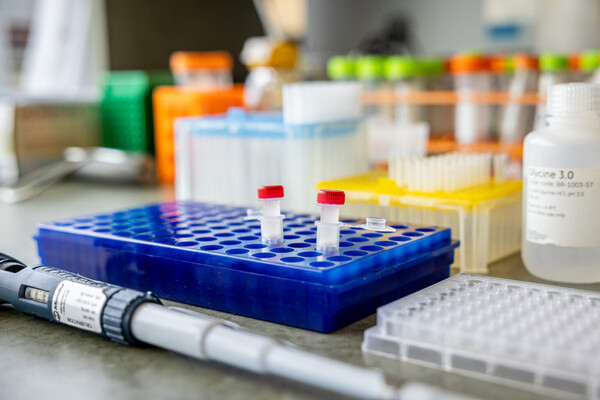Main Second Level Navigation
Jan 14, 2022
Mending the Gap: Molly Shoichet Joins Multidisciplinary Team Working to Develop New Treatments for Spinal Cord Injuries
Faculty, Research Funding

NSERC/CRSNG — Sylvie Li
Donnelly Centre investigator Molly Shoichet is internationally known for her work on biomaterials that have the potential to promote tissue regeneration.



